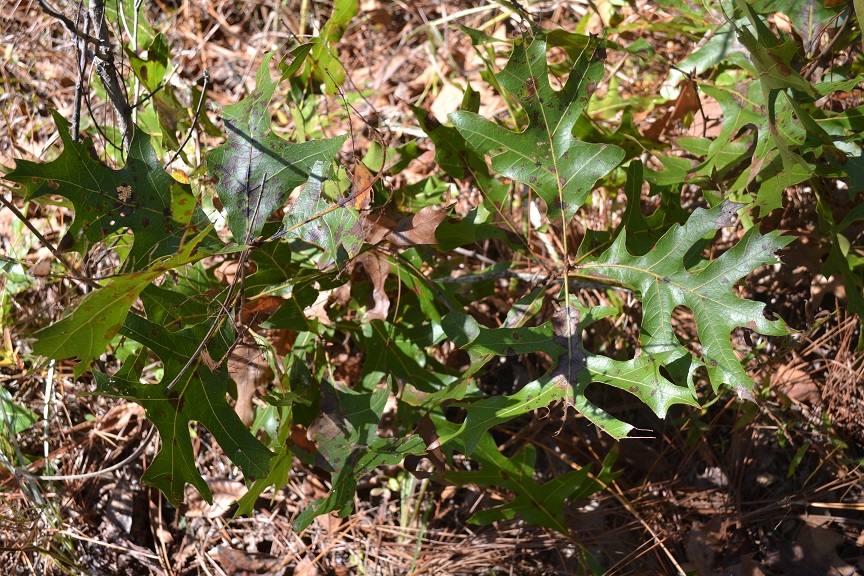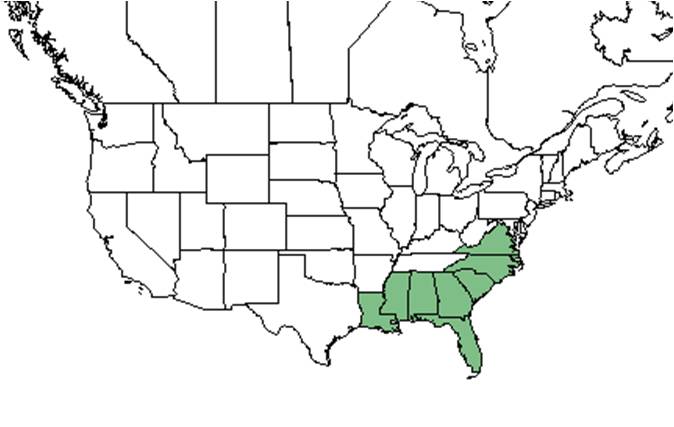Difference between revisions of "Quercus laevis"
(→Conservation and Management) |
|||
| Line 40: | Line 40: | ||
<!--===Use by animals===--> <!--Herbivory, granivory, insect hosting, etc.--> | <!--===Use by animals===--> <!--Herbivory, granivory, insect hosting, etc.--> | ||
<!--===Diseases and parasites===--> | <!--===Diseases and parasites===--> | ||
| − | ==Conservation and | + | ==Conservation and management== |
| + | |||
==Cultivation and restoration== | ==Cultivation and restoration== | ||
==Photo Gallery== | ==Photo Gallery== | ||
Revision as of 18:31, 5 July 2016
| Quercus laevis | |
|---|---|

| |
| Photo by Kevin Robertson | |
| Scientific classification | |
| Kingdom: | Plantae |
| Division: | Tracheophyta- Vascular plants |
| Class: | Magnoliopsida - Dicotyledons |
| Order: | Fagales |
| Family: | Fagaceae |
| Genus: | Quercus |
| Species: | Q. laevis |
| Binomial name | |
| Quercus laevis Walter | |

| |
| Natural range of Quercus laevis from USDA NRCS Plants Database. | |
Common name: Turkey oak
Contents
Taxonomic notes
Synonym: Quercus catesbaei Michaux
Description
A description of Quercus laevis is provided in The Flora of North America.
Distribution
Ecology
Habitat
Quercus laevis is restricted to native groundcover with a statistical affinity in upland pinelands of South Georgia. [1]
Seed dispersal
According to Kay Kirkman, a plant ecologist, this species disperses by gravity. [2]
Conservation and management
Cultivation and restoration
Photo Gallery
References and notes
- ↑ Ostertag, T.E., and K.M. Robertson. 2007. A comparison of native versus old-field vegetation in upland pinelands managed with frequent fire, South Georgia, USA. Pages 109–120 in R.E. Masters and K.E.M. Galley (eds.). Proceedings of the 23rd Tall Timbers Fire Ecology Conference: Fire in Grassland and Shrubland Ecosystems.
- ↑ Kay Kirkman, unpublished data, 2015.